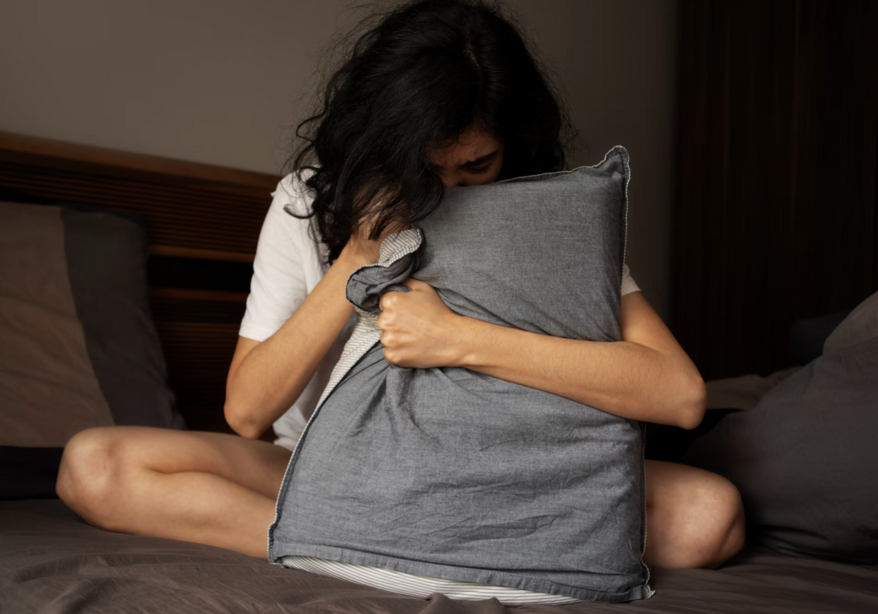A panic attack is a sudden episode of intense anxiety, fear, and panic that is not linked to a specific situation and occurs unexpectedly and unpredictably. It can happen at any time and in any place, even when we are at rest. Symptoms appear abruptly, peak within about 10 minutes, and can be extremely frightening for someone who doesn’t realize they are experiencing a panic attack. Physical symptoms include:
Shortness of breath
Dizziness
Sweating
Increased heart rate
Feeling of suffocation
Trembling, tingling
Muscle weakness
In most cases, they are accompanied by:
A strong feeling of fear
A sense of losing touch with reality
A feeling of losing control
A sense of being in serious danger
All these physical and mental sensations may seem life-threatening, but the good news is they are not and usually pass quickly without leaving any health consequences. This happens because the body mistakenly sends a danger signal, leading to the release of adrenaline, which triggers all these sensations. Although the exact causes of panic attacks are not established, they are most often associated with anxiety and stress.
They can occur once or periodically, in which case it is considered a panic disorder.
What to Do During a Panic Attack?
No matter how helpless a person may feel in such a moment, it is important to know that there are methods through which a panic attack can be stopped or its intensity reduced.
Awareness – At the moment symptoms appear, it is important, despite the fear, to realize that this is a panic attack and it will not harm you, and will pass quickly. Even if you feel like you are dying, this is just a momentary sensation triggered by the body without real cause. Observe what is happening with the clear understanding that this is a "false alarm" that activates briefly and then passes.
Breathing – The next important thing to do is to normalize breathing. During a panic attack, breathing becomes rapid and shortness of breath is felt. In this case, controlled breathing leads to normalization and a reduction in unpleasant sensations. Inhale slowly, deeply, and gently through the nose and exhale just as slowly through the mouth. Focus on your breathing and within a few minutes you will feel better.
Prevention of Panic Attacks
Since panic attacks are largely associated with anxiety and stress, to prevent them, we need to take care to remain calm and balanced. This can happen by making certain healthy practices part of our lifestyle.
Good and quality sleep is very important for the mind to rest and the body to recharge with energy. When sleep is disrupted or insufficient, anxiety symptoms increase.
Regular physical exercise and natural physical activity calm anxiety and improve mood. Moreover, exercising improves sleep, which plays a key role in anxiety conditions. A minimum of 30 minutes of sport or physical activity per day would benefit not only physical appearance but also mental health.
Relaxation techniques such as yoga and meditation reduce stress levels and feelings of nervousness. Yoga asanas help overcome the physical discomfort that can arise as a result of stress and anxiety, such as muscle stiffness, pain, and sensitivity. Meditation and breathing practices effectively work to eliminate feelings of fear and worry.
Avoid caffeine, cigarettes, and alcohol – all of these can trigger panic attacks as they stimulate the nervous system.






